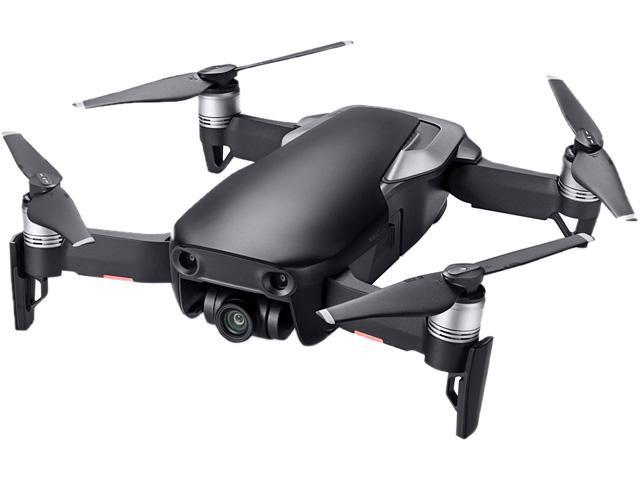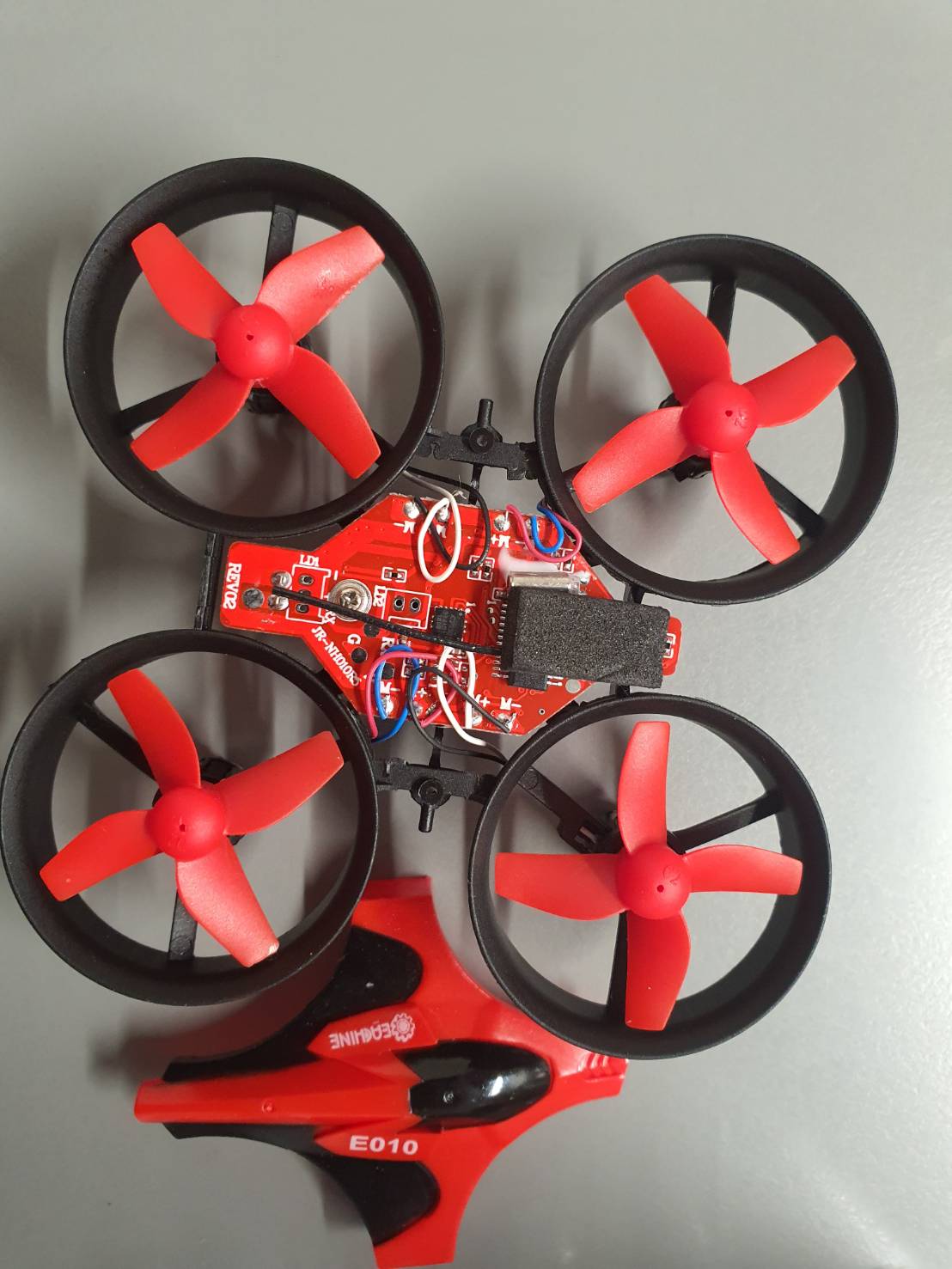
The ICRC has provided interpretative guidance regarding armed UAVs (and british-made drones). In this article, we will look at the military strategy behind these UAVs. We'll also discuss their implications for our current war. The military may have a legitimate reason to deploy these UAVs. However, we can still have our say. Here's a look at how armed UAVs (and drones) have transformed the way we fight war and what this means for our safety.
ICRC interpretation guidance on british-flying drones
Many people are confused about how international humanitarian law should be applied to UK drone strikes. Drone strikes are exempt from the principle of distinction. This principle requires an operator human. Instead, autonomous drones should fall foul of the principle of proportionality. Professor Noel Sharkey says that a robot operator cannot perform subjective balancing or calculate value. This is a serious problem.
ICRC guidance for armed UAVs
The use of armed drones poses significant challenges for civilian populations. While the use and widespread acceptance of unmanned aerial vehicle (UAV) armed drones is still very new, they pose significant risks to civilian populations. Drone strikes, for example, can be used to strike enemy troops or assets but also pose a risk to civilians. The Geneva Call reiterates the need for drone strikes to be in line with IHL guidelines. The Geneva Call calls on the parties to develop policies that govern the use of armed drones. This includes ensuring that drones are not directed against military objectives and minimizing civilian casualties. The guidance provides remedies for civilians affected by these strikes.

ICRC guidance about british unmanned drones
The ICRC's Interpretive Guidance on British drones has many positive attributes, including the prodigious expertise of the Legal Division. This guideline advances our understanding of direct participation, but it also contains many flaws. These fault lines are examined and discussed in this article. This article is intended to engage a broader audience and offer a critical assessment of the ICRC's guidance.
Military strategy behind british drones
Drones are a popular tool in many different applications. Other countries began to explore the technology after the Vietnam War. New models emerged, which gained greater endurance, height, and more maneuverability. They are now being used for the defense of Ukraine. They are becoming increasingly popular with both business and leisure people all over the globe. But what exactly is the Military strategy behind british drones? Dr. James Rogers discusses drones and their use in a variety purposes, including military and civil applications.
Concerns of armed UAVs raised by the ICRC
Peter Maurer (ICRC President) met with US President Obama's top advisors in Washington DC in June 2017. They discussed the adequacy of international humanitarian law, new developments in battlefields and weapons, and the role of actors on the battlefield. He expressed concern over the use in Afghanistan of armed British helicopters, which he says is contrary to international humanitarian laws.

FAQ
Can my drone be flown around my neighbourhood?
Yes! These are called UAVs (unmanned aircraft vehicles). There are many kinds of drones today. They range from small quadcopters, to large fixed-wing planes. New rules have been issued by the FAA regarding commercial use of UAVs. This means that you can legally fly them for business purposes. It is important to remember that UAVs are not allowed near airports.
How can I keep drones out of my house?
Drones are becoming more popular for home security and surveillance. If you want drone attacks to be avoided, you can install motion sensors all around your property. These sensors will detect any flying objects that are not authorized.
What are the rules regarding drone operation?
Registering your drone with FAA is required. This registration involves information such as the weight, size, battery capability, and operating frequency. This registration process requires that you obtain an FAA identification code.
Can someone spy on your with a drone
Yes, anyone can fly a drone and spy on you. To protect yourself from drones, you must be aware of them. Do not hesitate to call 911 if a drone is seen flying.
Where are Drones Banned?
The FAA has prohibited drones from flying close to airports or stadiums, sporting events and nuclear power plants. They allow them to fly at nights using GPS technology.
Statistics
- According to the multiple listing service (MLS), houses and apartments with drone photographs are up to 68 percent more likely to sell than those without pictures. (thedroneu.com)
- According to Indeed, a drone pilot gets paid $25.73 per hour on average in the US. (dronesgator.com)
- Research and Markets predict a growth rate of 51.1% over the next five years. (thedroneu.com)
External Links
How To
Repairing a damaged motor on a drone
First, identify the broken part of the motor to repair it. The best way to do so is to take the propeller off the motor shaft. Then, you need to remove any wires connected to the motor and inspect its inner workings. If there is something wrong with the motor, you will know which part you need to repair.
If there is no damage to the motor, then you don't have to worry too much however if the motor looks like one of these images below, then you'll need to replace some components before you can fly again.
Imagine that the motor has become bent to the point it will not turn. To get the motor to turn again, you'll need to bend it. You could use a vice grip or a pair of pliers to hold the motor while bending it back into shape. After you have completed this step, be sure to inspect the motor for any signs of wear.
Once you're satisfied that everything's ok, put the propeller back onto the motor shaft and reattach the wires. Your drone is now ready for flight!